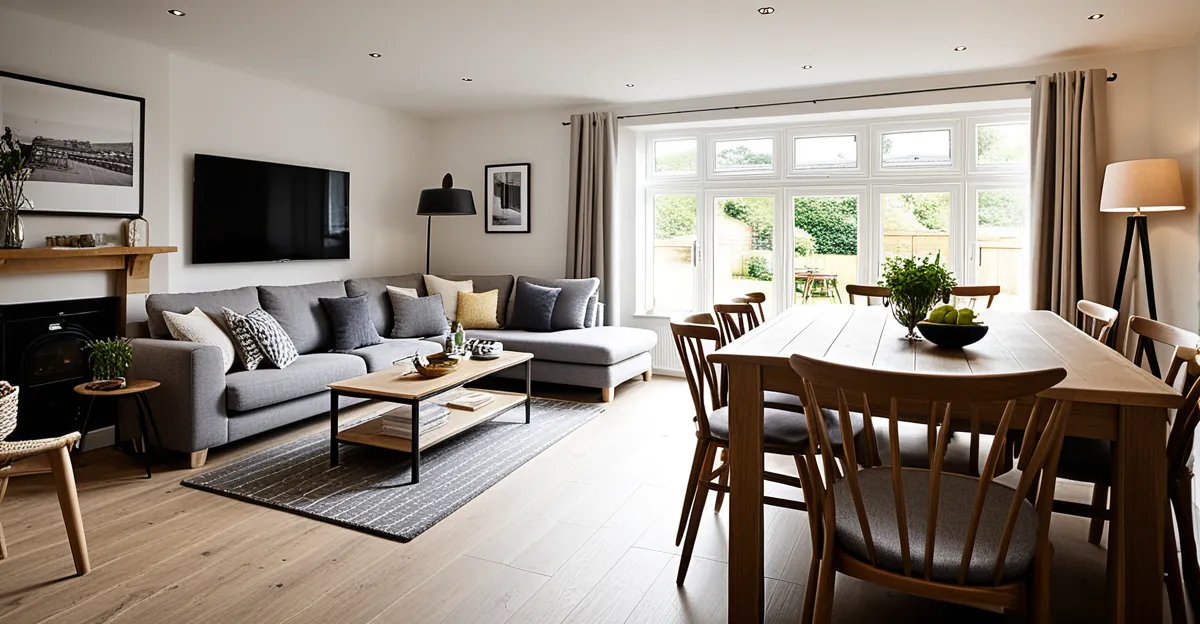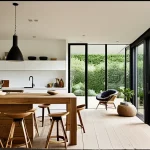Practical Upgrades for Home Comfort in the UK
Small UK homes often require tailored home comfort upgrades UK due to their unique space constraints and older construction styles. To enhance comfort effectively, insulation must be adapted according to the UK housing styles. For example, solid-wall properties can benefit from external or internal wall insulation, which reduces draughts and preserves heat. Cavity wall insulation suits most post-war homes and helps keep warmth in during colder months.
Modern heating options are crucial for the UK climate. Installing energy-efficient boilers or heat pumps provides consistent warmth while reducing energy bills. Smart heating controls allow users to schedule and regulate temperatures easily, improving comfort without waste.
This might interest you : What Are Some Unique Tips to Redecorate Your Home Sustainably?
Maximising comfort in small spaces relies on thoughtful design. Using zoning techniques and heat retention methods can make rooms feel warmer and more inviting. Simple adjustments, such as adding heavy curtains or door draft stoppers, significantly contribute to maintaining temperature. These comfort improvement tips are practical and cater to the typical challenges associated with compact UK homes, delivering both warmth and efficiency.
Essential Factors for Comfortable UK Living Spaces
Creating home comfort UK requires addressing unique challenges posed by the climate, space constraints, and traditional layouts common in British homes. The cool, damp weather often leads to heat loss, making insulation and draught-proofing vital components of any comfort strategy. Additionally, many UK homes feature compartmentalised rooms, which can restrict efficient heating and airflow.
In the same genre : Title Regenerate: How Can You Maximize Storage Space in a Small UK Home?
Optimizing living spaces means adopting a tailored approach suited to these specific conditions. This includes evaluating how space is used and identifying areas where heat retention, ventilation, or natural light can be improved. For example, recognising cold spots or poorly insulated walls helps prioritise essential upgrades.
To assess comfort essentials quickly, homeowners can perform a checklist: are windows and doors sealed properly? Is the heating system efficient and well-controlled? Are rooms free from clutter that may impede airflow or natural light? By asking these focused questions, it becomes easier to pinpoint weaknesses that affect overall comfort. This practical, targeted assessment supports making informed decisions to enhance living spaces and promote a cosy, energy-efficient environment throughout UK homes.
Effective Interior Design Strategies for UK Homes
Creating home comfort UK goes beyond insulation and heating; smart interior design plays a vital role in optimizing living spaces. UK homes, especially smaller ones, benefit greatly from using light colours on walls and ceilings. These reflect natural light, making rooms feel brighter and more spacious. Mirrors strategically placed opposite windows further amplify this effect, enhancing daylight and improving visual openness.
Space constraints demand small space solutions like clever storage. Vertical shelving units, under-bed drawers, and multifunctional furniture help reduce clutter while maximising usable space. These tactics prevent overcrowding and promote a neat environment conducive to comfort.
Incorporating British-inspired elements enriches warmth and character. Subtle touches such as patterned textiles or traditional motifs in cushions and rugs create a cosy atmosphere. Such design choices resonate well with the local aesthetic, blending functionality with homeliness.
By combining light-enhancing techniques, smart storage, and cultural styling, homeowners can transform compact UK properties into inviting, practical living areas. These UK interior design tips ultimately support both physical comfort and mental well-being in everyday life.




